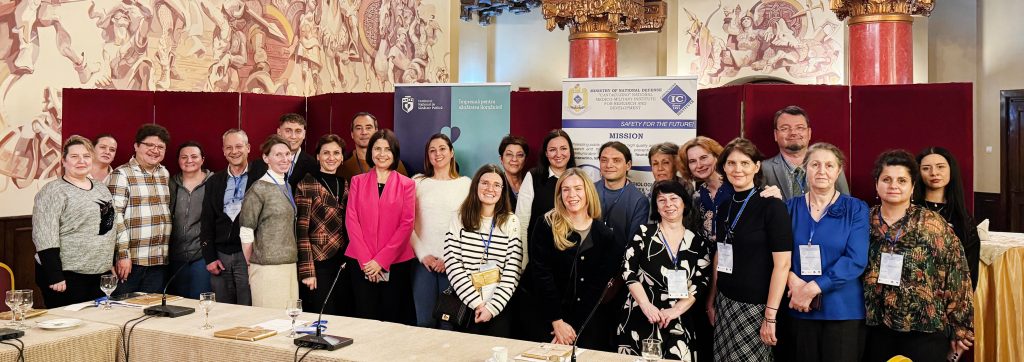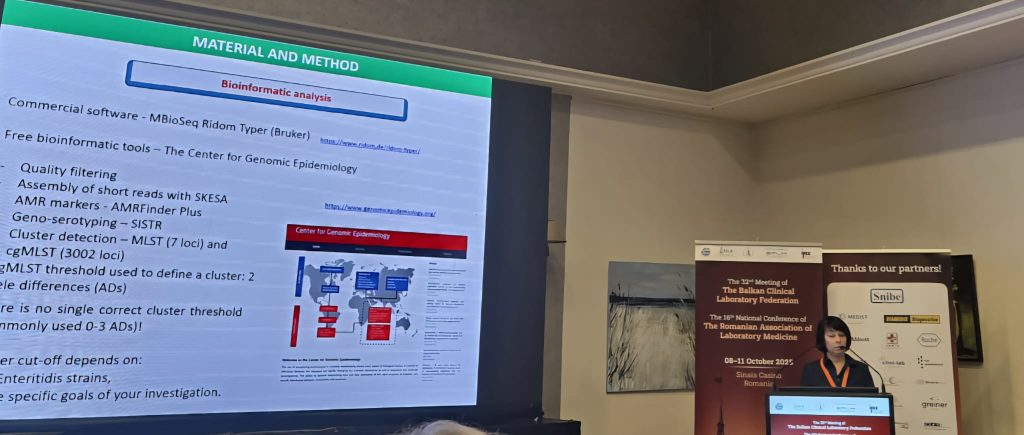Expanding Genomic Surveillance of Respiratory Viruses: a Visit to LNS as part of the PANDOMIC Project

Last November 18 and 19, as part of the PANDOMIC project, the Microbiology Department at Laboratoire national de santé (LNS, Luxembourg) welcomed three members from the Institutul Național de Sănătate Publică (INSP, Romania): Teodora Vremera, Mihaela Leustean, and Adina Gatea.
This visit addressed the progress on the implementation of the digital polymerase chain reaction (dPCR). It also enabled the exchange of expertise in genomic sequencing and surveillance of COVID-19 and other respiratory viruses – such as respiratory syncytial virus (RSV) and influenza viruses.
One of the objectives in the PANDOMIC project is the development, implementation and harmonization of dPCR protocols as a quantitative and multiplex respiratory virus assay at INSP and LNS. This technology enables the detection of specific targets with very high sensitivity and accuracy compared to a classic PCR method. An on-site training from Bio-Rad was provided on the LNS dPCR system, including assay preparation and data interpretation. The training covered a multiplex panel for the detection of Influenza viruses (FluA and FluB) RSV, and SARS-CoV-2 in clinical samples. The next steps will be to test clinical samples and external quality assurance (EQA) controls.
The LNS team also detailed its RSV whole genome sequencing (WGS) workflow, through a presentation of the results obtained, encompassing the pre-analytic phase and the data interpretation. For this, multiple methods ranging from the nucleic acid extraction, the primer selection, to bioinformatics analysis and the data interpretation were tested, compared and are being optimized. Currently, two distinct methods were retained for this workflow; further validation tests are still in progress.
The visit favored the exchange and the discussions on how to further improve and develop accuracy and efficiency of diagnostic testing and contribute to improved public health outcomes. Overall, this initiative emphasizes the importance of strong partnerships in addressing respiratory viruses.
Many thanks to Dorien Vanroy and Catherine Boeykens, from Bio-Rad, for the dPCR training.
A special thank you to the LNS Microbiology Department team, in particular: Pauline Bley, Anke Wienecke-Baldacchino, Jainaba Roussel, Apolline Jouffroy, Sabrina Deroo, Ute Aurbach, Samira Joineau, and especially Sibel Berger for the scientific content of this visit.


